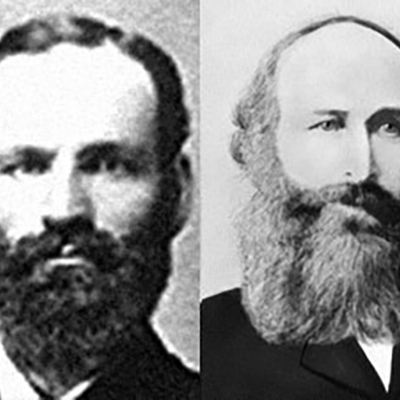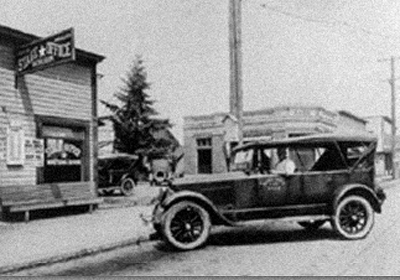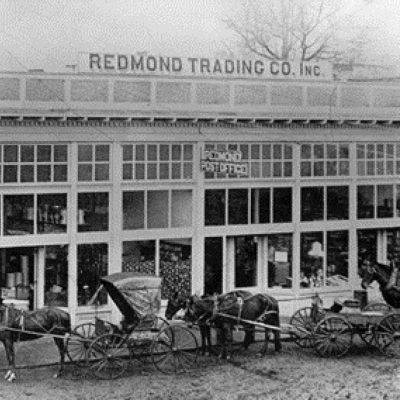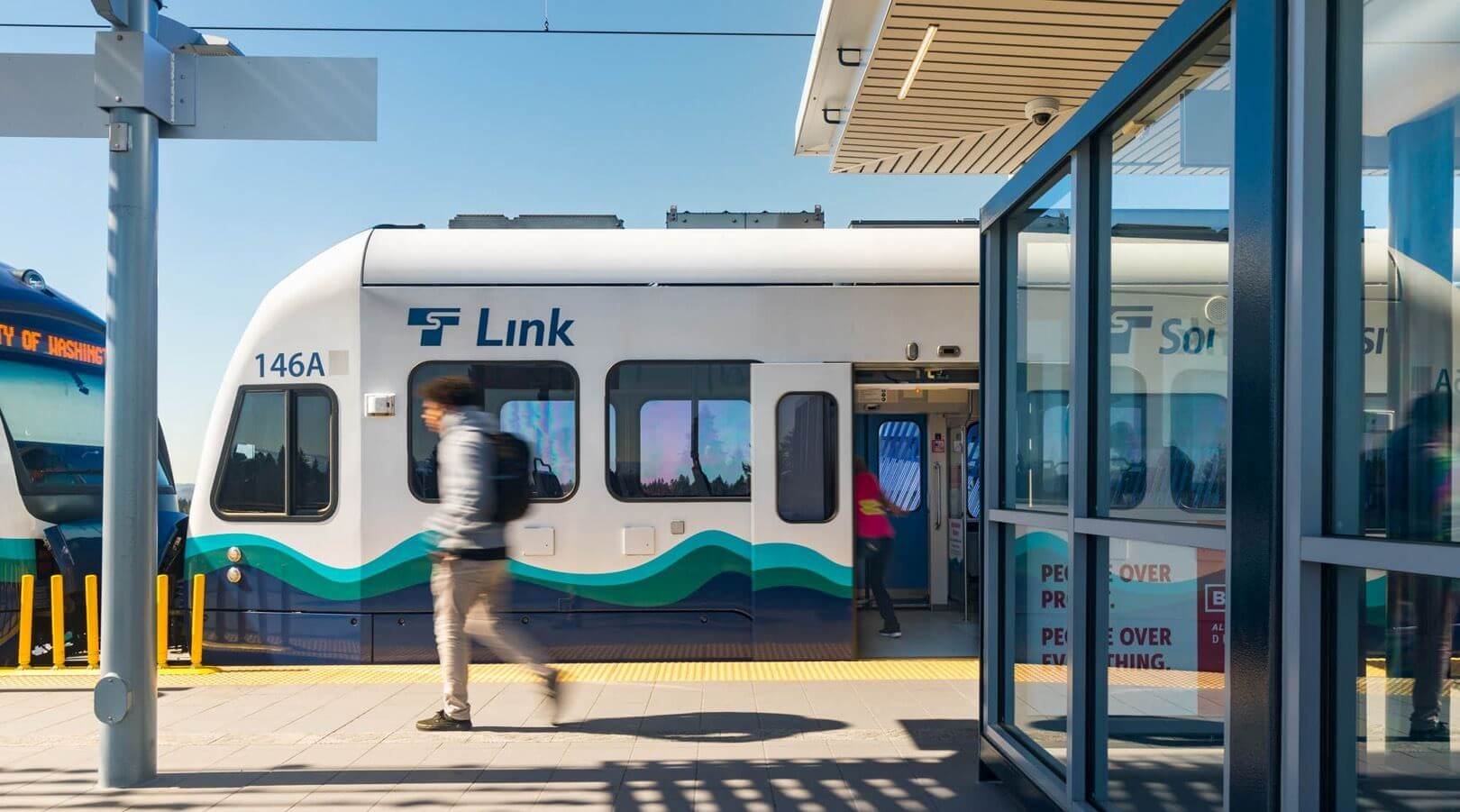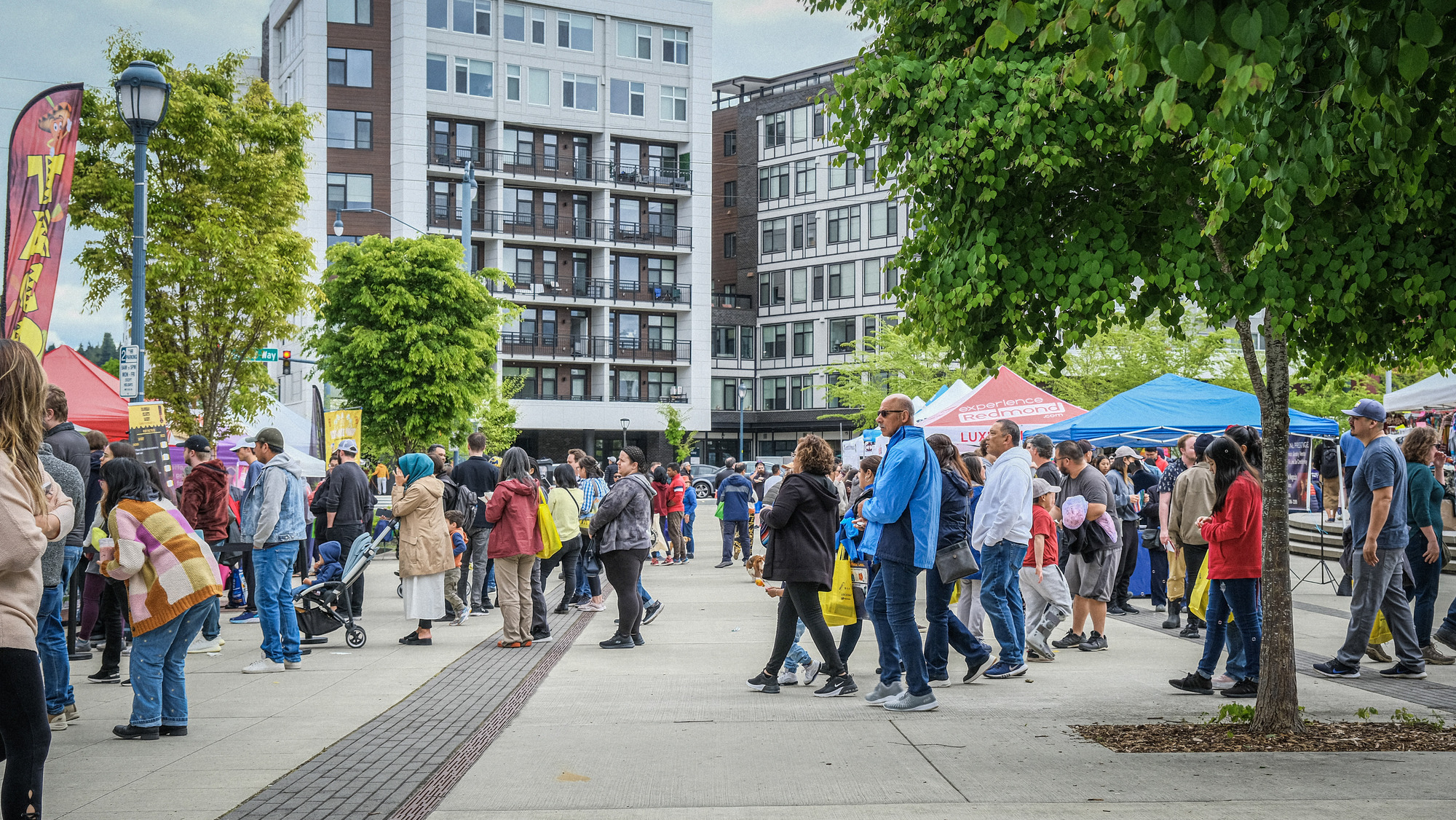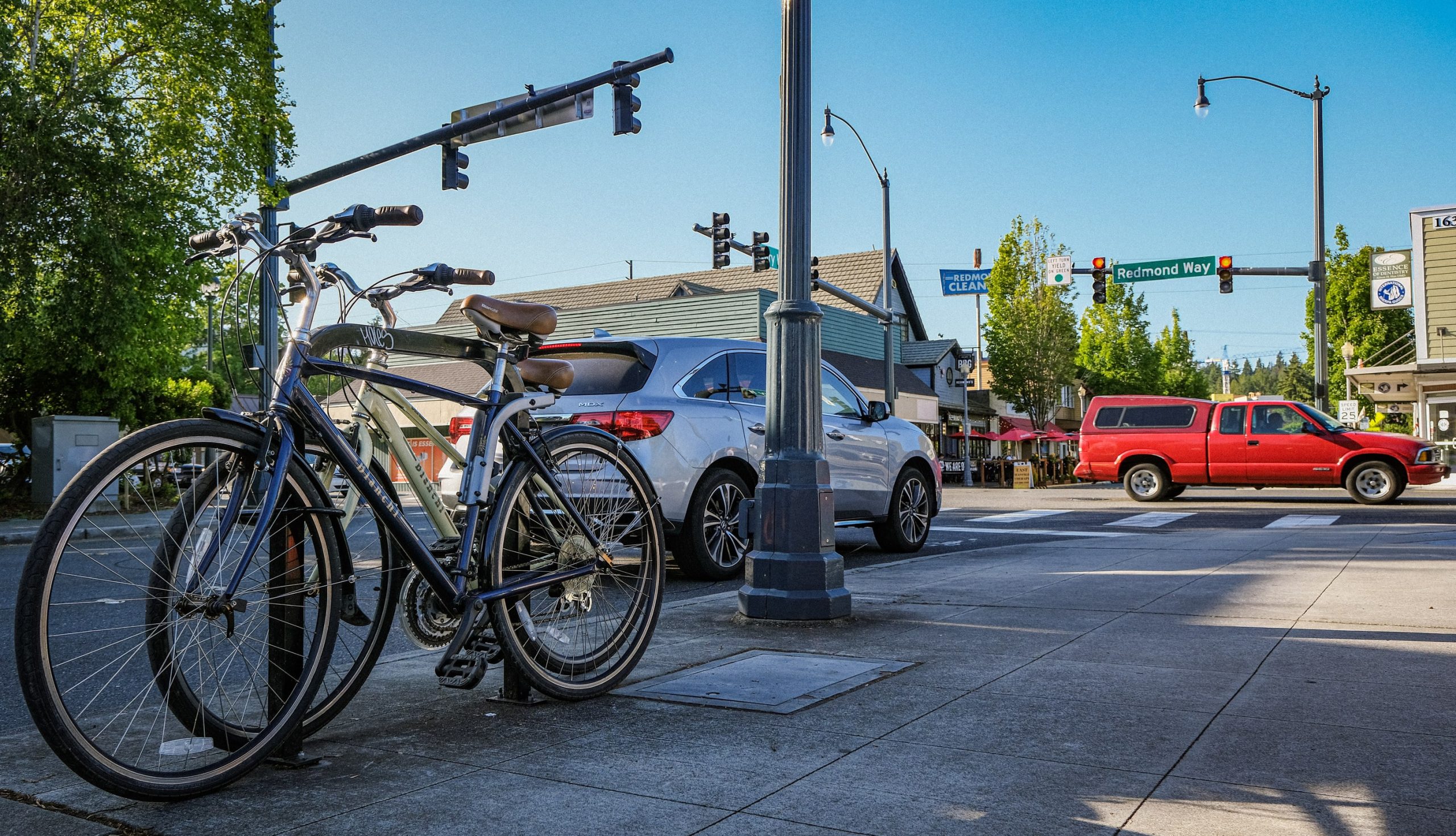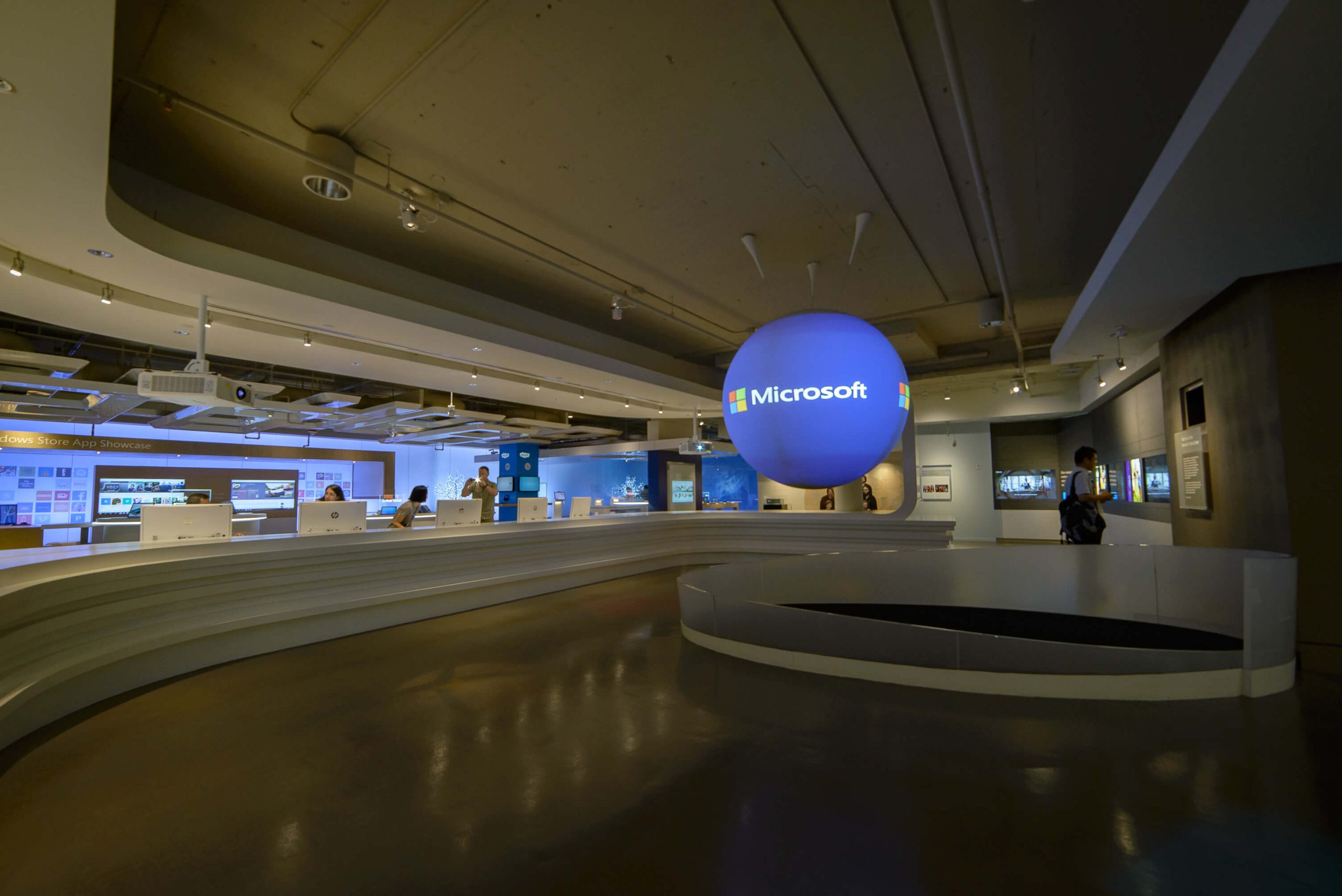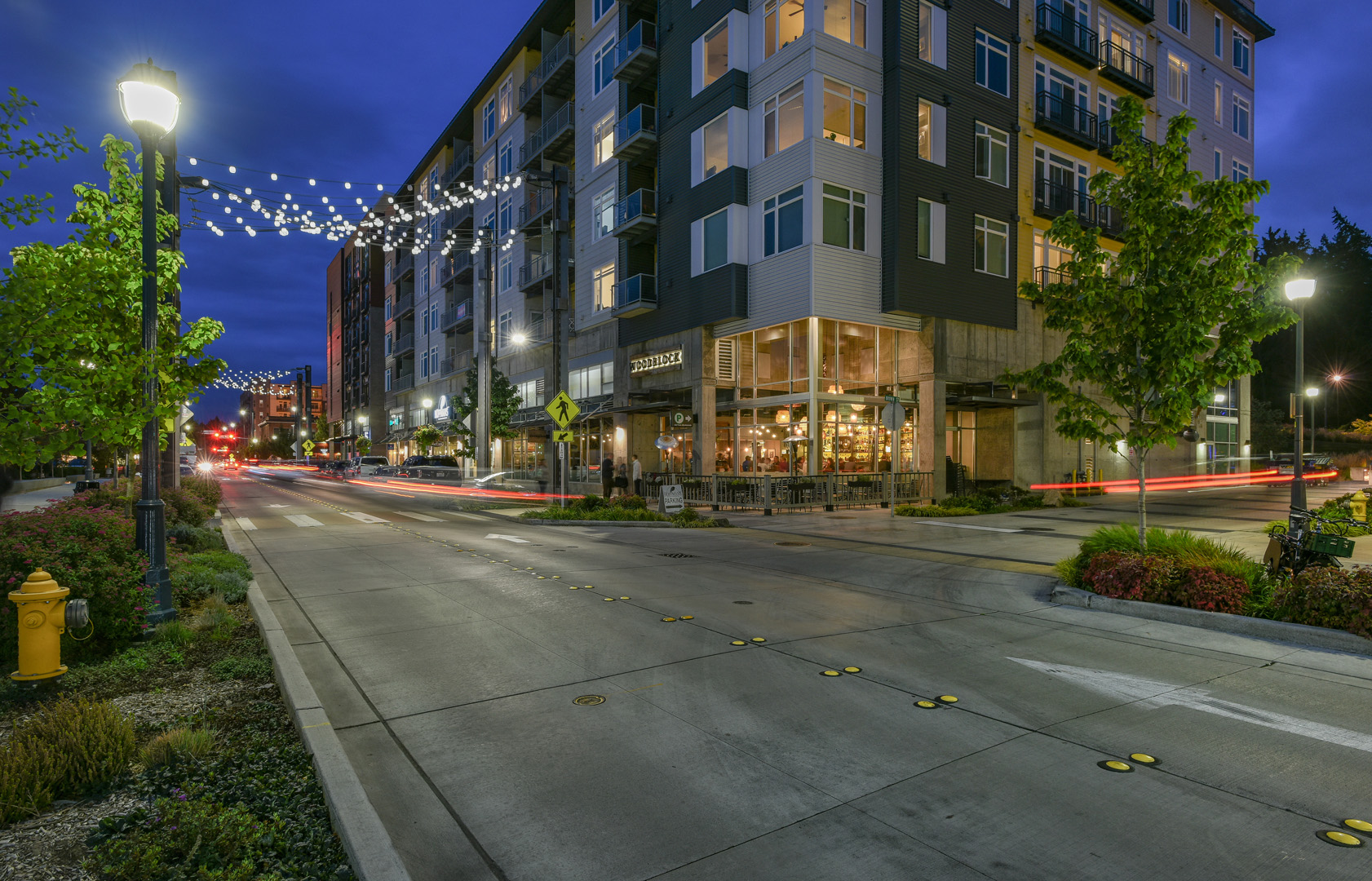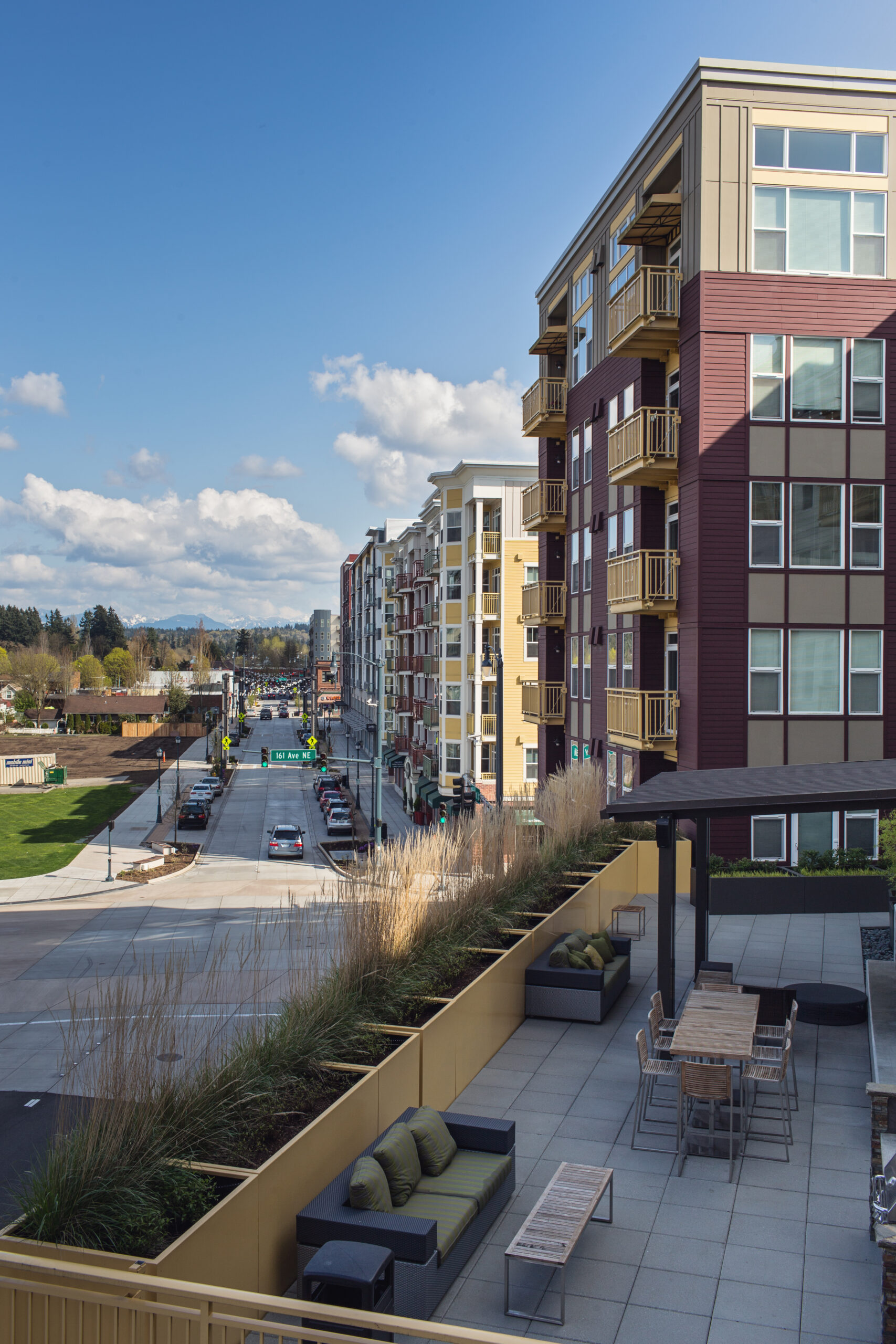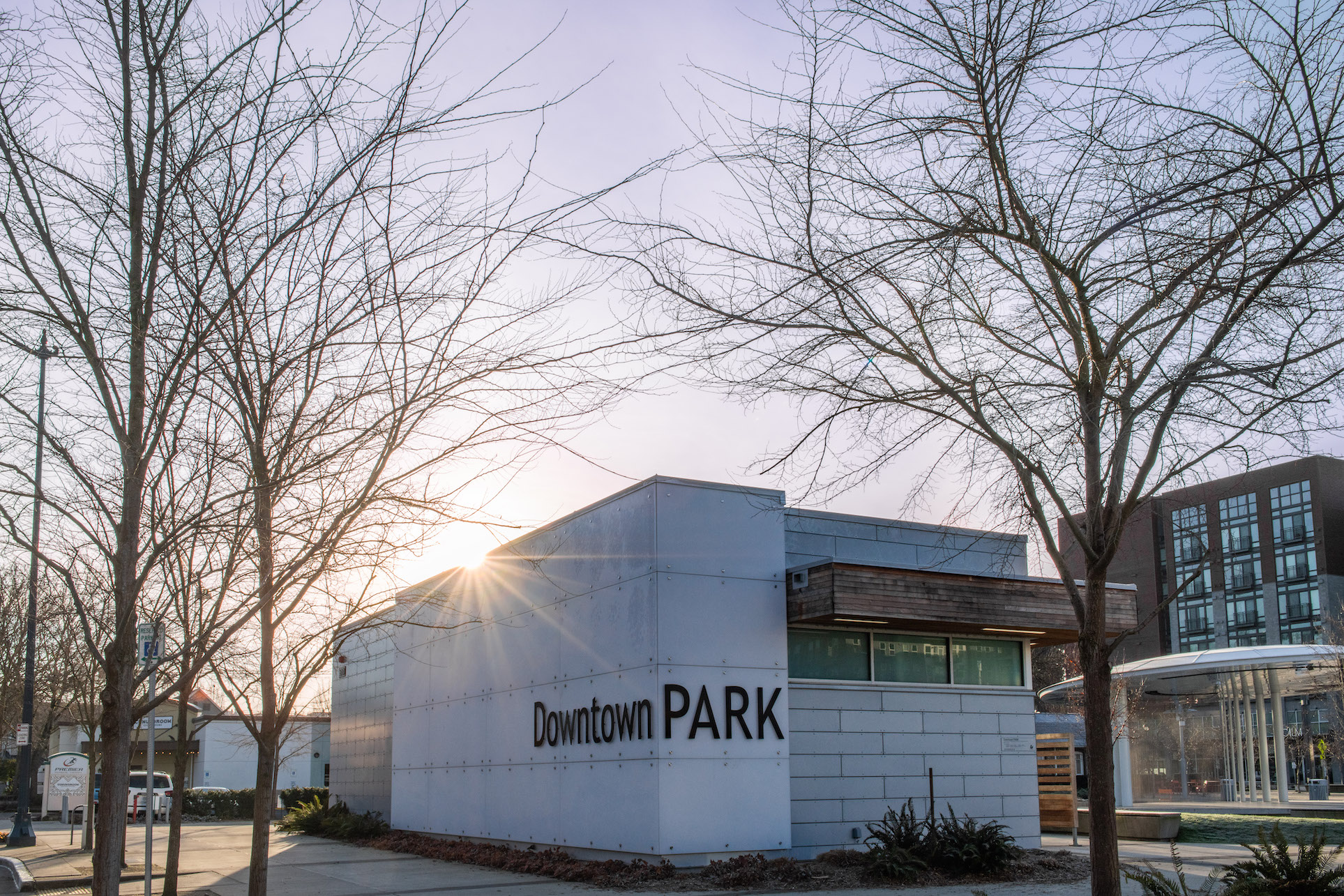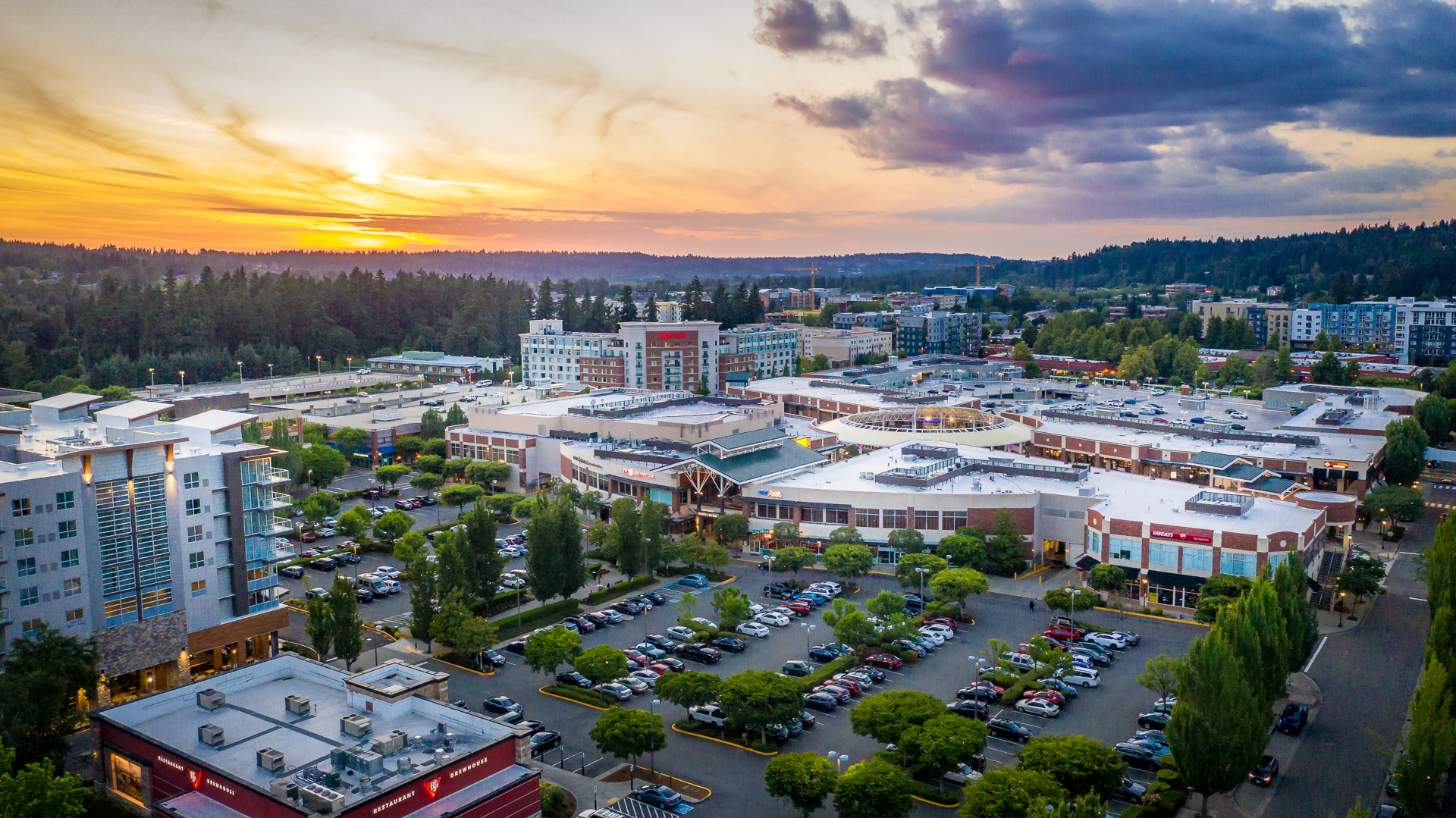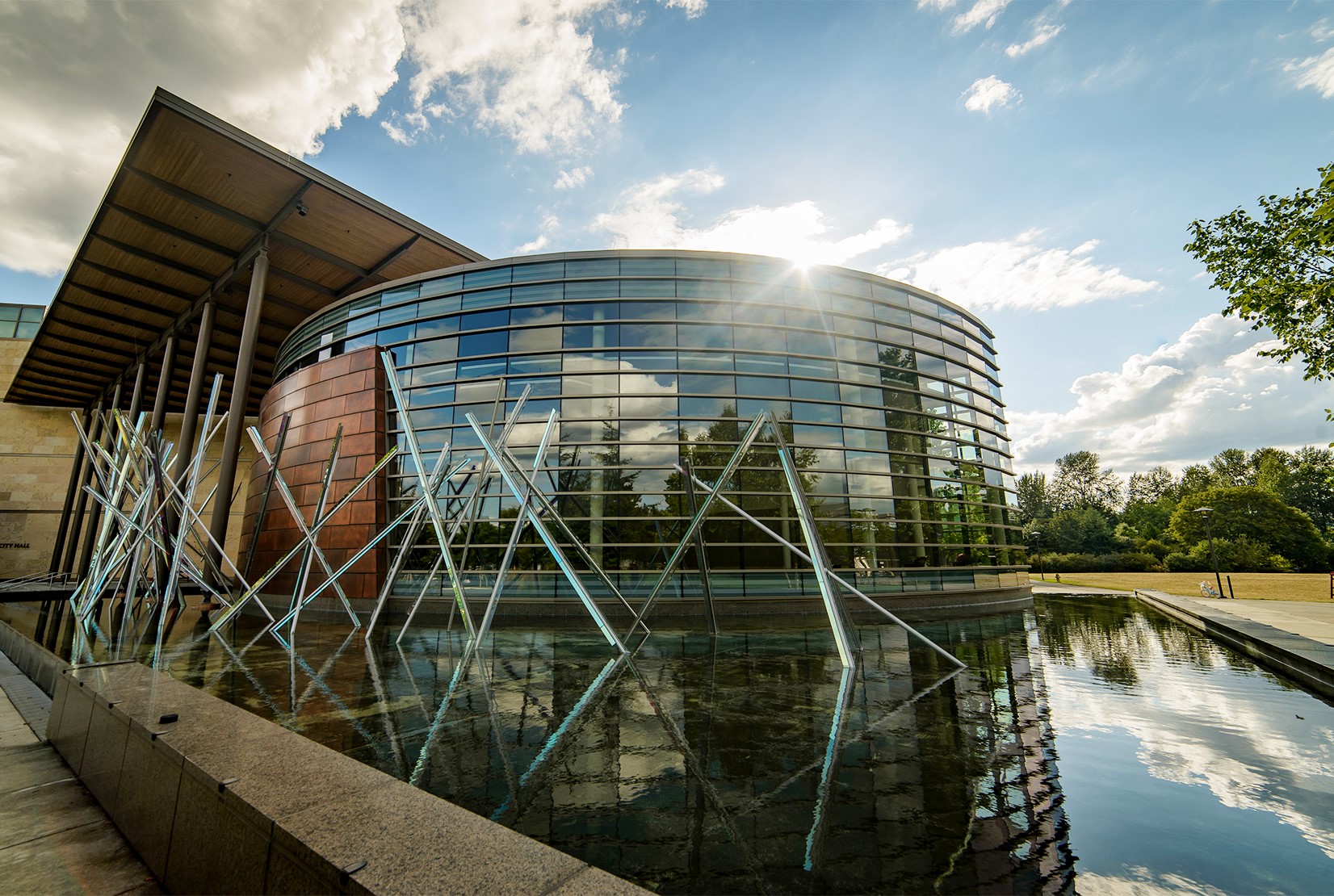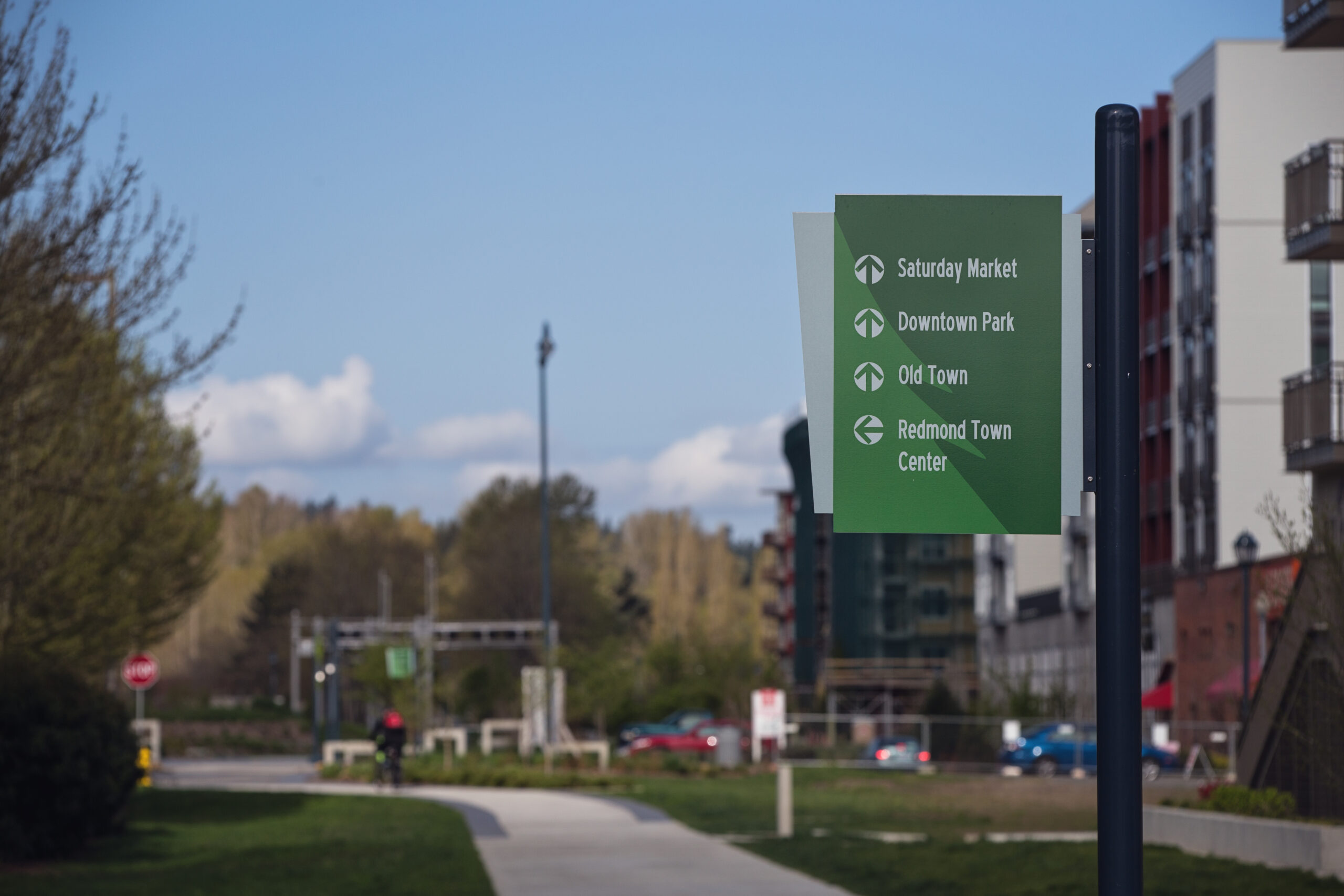Warren Wentworth Perrigo and the town’s namesake, Captain Luke McRedmond, were the first pioneers to stake their claim on the north end of Lake Sammamish. The early homesteaders’ greatest challenge was clearing the towering trees, which were of such enormous girth that available equipment was inadequate. While the immediate solution was a method of felling the giants by burning their trunks above the roots, the challenge itself soon led to Redmond’s first economic boom. Loggers poured into the valley in the 1880s, and in 1890 near Issaquah, John Peterson built the first sawmill east of Lake Sammamish. Campbell Mill was built in 1905 at Campton, followed by other prosperous lumber and shingle operations whose substantial payrolls created a demand for products and services.
Steamboats were the only practical mode of transportation during Redmond’s early years of few roads and thick forests. Chugging up and down the Sammamish River and crisscrossing the lake that feeds it, the flat-bottomed boats carried goods and passengers until 1916 when the Chittenden Locks opened, lowering local lakes and waterways by nine feet. In 1888, the year before Washington became a state, the Seattle Lake Shore & Eastern Railway arrived, and with it the success of Redmond’s timber was ensured.
During its logging heyday, Redmond was a rollicking town of saloons, hotels, dance halls, movie theaters, and eateries. The Redmond Trading Company, built in 1908, was the community’s first brick building, followed by Bill Brown’s Garage, the Old Redmond Schoolhouse, the Brown Building, and the Redmond State Bank, whose first depositors were lumber mills. Like other Western towns of the era, most of Redmond’s buildings were wooden, and when ablaze, were especially vulnerable to complete devastation for lack of a public water system. Indeed, repeated and disastrous fires were the primary impetus for the stable community of 300 residents to become a fourth-class town in 1912. Incorporation allowed Redmond to tax its thriving saloons and finance a modern waterworks.

